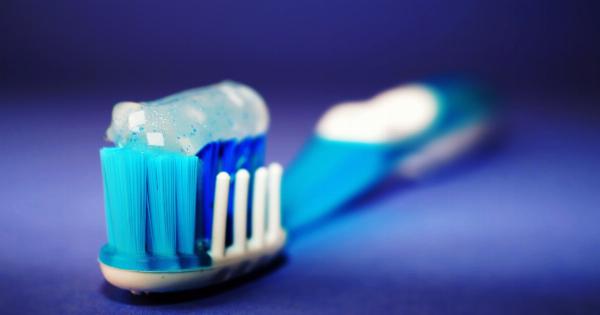Toxic shock syndrome (TSS) is a rare but potentially life-threatening condition that is caused by certain types of bacteria that release toxins into the bloodstream resulting in a range of symptoms including fever, rash, low blood pressure, and organ failure. The most common cause of TSS is the use of superabsorbent tampons during menstruation by women, but there are other less known causes that we will be exploring in this article.
Bacterial Infections
Bacterial infections can lead to TSS. The most common bacteria that cause TSS are Staphylococcus aureus and Streptococcus pyogenes.
When these bacteria enter the bloodstream, they release toxins that cause inflammation and damage to organs such as the kidneys and liver. TSS caused by bacterial infections can be difficult to diagnose and treat, and it’s important to seek prompt medical attention if you suspect you may have TSS resulting from an infection.
Wounds and Burns
TSS can also result from wounds and burns. When bacteria enter an open wound or burn, they can cause an infection that triggers TSS.
This is because the body’s immune response to an infected wound or burn can lead to the release of toxins into the bloodstream. It’s important to keep wounds clean and to seek medical attention if you suspect an infection, as prompt treatment can prevent the development of TSS.
Skin Infections
Staphylococcus aureus, one of the most common causes of TSS, can also cause skin infections that lead to the condition. Skin infections caused by this bacteria can range from minor boils to more serious infections such as cellulitis.
It’s important to seek medical attention if you suspect a skin infection as prompt treatment can prevent the development of TSS.
Foreign Objects
Foreign objects, such as surgical implants and catheters, can also lead to TSS. When these foreign objects are inserted into the body, they can introduce bacteria that trigger an infection. In some cases, this can lead to TSS.
To prevent this, it’s important to maintain good hygiene and follow proper infection control procedures when inserting any type of foreign object into the body.
Allergic Reactions
In rare cases, TSS can be triggered by an allergic reaction to medication such as antibiotics.
This can occur when a person has an underlying allergy to the medication, or when the medication triggers an immune response that leads to the release of toxins into the bloodstream. It’s important to inform your healthcare provider of any allergies or adverse reactions to medications you may have before starting any new medication.
Pregnancy and Childbirth
TSS can also develop in pregnant women and women who have recently given birth. This is because the body’s immune response to the changes that occur during pregnancy and childbirth can lead to the release of toxins into the bloodstream.
It’s important for pregnant women and new mothers to be aware of the signs and symptoms of TSS and to seek prompt medical attention if they suspect they may have the condition.
Malnourishment
Malnourishment can also increase the risk of developing TSS. This is because poor nutrition can weaken the immune system, making it more susceptible to infections that can trigger TSS.
It’s important to maintain a healthy diet and get sufficient nutrients to keep the immune system strong and resistant to infections.
Systemic Diseases
Systemic diseases such as diabetes, HIV, and cancer can also increase the risk of developing TSS. This is because these conditions can weaken the immune system, making it more susceptible to infections that can trigger TSS.
In addition, certain treatments used to manage these conditions, such as chemotherapy, can also increase the risk of developing TSS.
Conclusion
While the use of superabsorbent tampons during menstruation is the most common cause of TSS, there are other less known causes that can also lead to the condition.
These include bacterial infections, wounds and burns, skin infections, foreign objects, allergic reactions, pregnancy and childbirth, malnourishment, and systemic diseases. It’s important to be mindful of these causes and take measures to prevent the development of TSS.




























